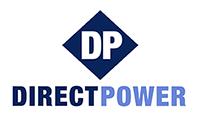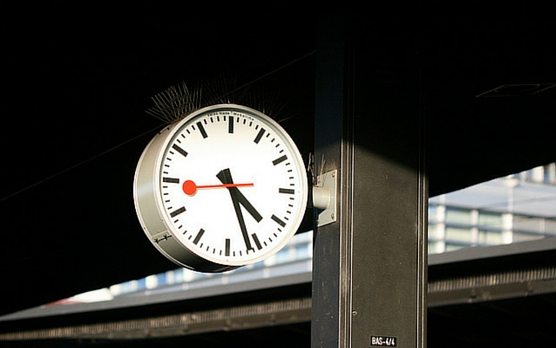Consumption costs and how to reduce energy spend: Red for Low, Green for Go!
Multiple components factor into the rates that appear on an electricity bill. With Commodity costs falling in recent months, and non-commodity costs on the rise, non-commodity costs are having a proportionally greater impact on the average end users bill than ever before.
Distribution Charges are one of the many costs that factor into electricity charges. ‘Distribution Use Of System’ charges can either be a sub-component of the unit rate on a fixed price contract, or may appear as a separate line item, often abbreviated as “DUoS” on a pass through contract. DUoS are paid to the local Distribution Network Operator (DNO) upon whose network the meter is located. You can find out who your DNO is by checking a bill, or viewing the map found at on the National Grid website. DNOs are not to be confused with electricity suppliers. DNOs own and operate the infrastructure, such as the towers and cables that enable electricity to be transmitted to your site.
DNOs in England and Wales follow a typical charging structure, splitting usage into Red, Amber, and Green time bands. While Green is the cheapest, the Red charges are the most expensive and typically occur between 16:00 – 19:30. This window corresponds with typical peak demand for electricity. Some contracts apply different charges for each of these time bands, whilst other contracts ‘standardise’ the rates to a simple Day and Night rates across all time bands. In order to do this, a supplier will review historic consumption patterns using Half Hourly Data. They can assess the ‘shape’ of electricity consumption, i.e. diagnose when consumption occurs, in order to ensure they offer a ‘standard’ rate that will cover the anticipated spread of Red, Amber, Green consumption.
If your contract differentiates between Red, Amber and Green time bands, you are strongly incentivised to adjust consumption patterns to avoid the Red time bands. Some of our clients have used the simple tactic of using energy intensive machinery only during Green time bands, or adjusting shift patterns. The less you consume in Red, the lower the bill.
Clients whose contract does not differentiate charges between Red, Amber, Green can also benefit from minimising consumption during Red time band. The benefit will not be instant, but become apparent when you investigate contract renewal options. Since supplier’s prepare quotes after reviewing historic consumption patterns, a client with a better consumption shape, i.e. one who consumes less during Red time band will be quoted better prices.
Ofgem’s P272 mandate to upgrade all Non Half Hourly 06-08 Maximum Demand Meters to Half Hourly status by 31-March-2017, means that more meters than ever before can take control of future costs by simply avoiding excessive consumption during red times. To find out if you are impacted by P272 see our other blog post.
Most suppliers offer some kind of consumption tracking and reporting via their website’s some even show consumption trends on the bill. If you don’t already, please review your usage patterns, speak with your team, and develop strategies to minimise consumption during Red Time band in order to reduce energy spend. After all, a site with a Half Hourly meter pays a premium for the consumption and reporting functionality of the meter, why not use that data to your advantage? If you are uncertain how you can access your data, please contact Direct Power or your electricity supplier for advice.

